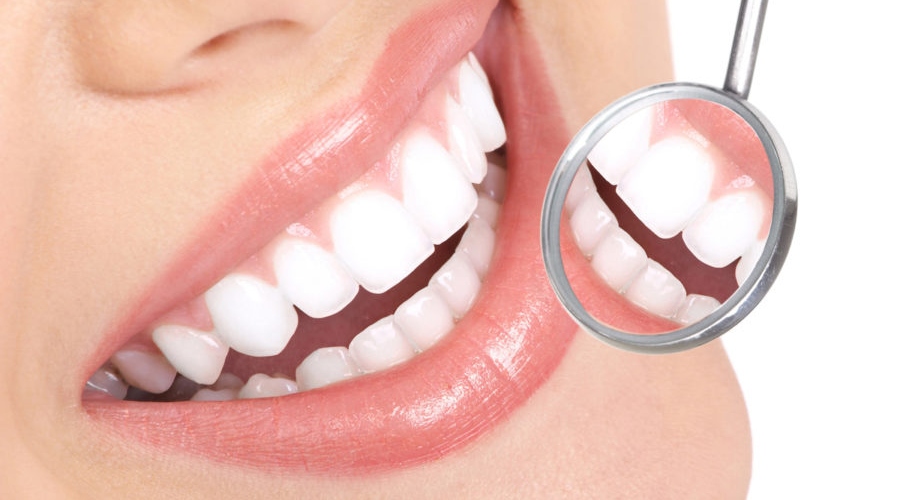Basically, the natural tooth and the implant share similarities due to the fact that same component are available in the original tooth to be duplicated on the artificial or implanted tooth. Dental surgeons have been able to go into research and discovered the best possible way to have a safe tooth implant. The difference between the implant and original is that implant is made of titanium. surgeon’s point out that most time when we lose our teeth we both lose the root and crown, so getting this fix the dentist or surgeon will then replace the root with a small dental implant.Delray There are various techniques involved in getting a dental implant carried out successfully avoiding on major contradiction associated with teeth implant

Important Basic Concepts And Techniques Of Dental Implant.
The Biological And Functional Consideration
This concept and consideration, techniques consisted of several sub-stages which are Osseointegration, Rigid Fixation, and Osteotomies.
- Osseointegration Is considered to be the primary objective of dental implant replacement. it is the direct structural, functional integration between the living bone and surface of a load-bearing implant strong enough to hold without intervening between the soft tissue, implant, and bone. but clinically osseointegration, Therefore, is the asymptomatic rigid fixation of dental tooth implant in the bone coupled with the ability to hold on occlusal forces.
- Rigid Fixation Refers to a clinically formation or terms that indicate less observable movement of the implant when a force of 1 to 500g is applied.
Soft Tissues:Another basic concept and technique of dental implant are that the soft tissue thickness should be assessed before the surgery, bearing in mind that soft tissue thickness affects the vertical edentulous space. The attainable vertical space required for a cemented crown is around 9mm within the posterior mandible affecting the depth of implant position.
Risk Assessment And Medical History Of The Patient.:Before conducting surgical implant therapy it is advisable that patient medical history should be assessed such as the patient with some medical contradictions should be properly administered to avoid complications especially patient with uncontrolled metabolic disease, which includes bone metabolism disorders and patient slow healing ability. Therefore patients with diabetes, osteoporosis, bisphosphonate usage, and medical treatment associated with chemotherapy should be well scrutinized before implant.
Bio mechanical Consideration:To avoid load bearing the amount of integrated implant is required to be greater than the expected load during this function in other to avoid biological and mechanical failure, as factors including the number and size of implants arrangement and angulation, the volume, and quality of the bone interface.
Oral Examination:Every clinician should first check the current teeth and prosthetic, Periodontal health, oral hygiene, vestibular depths, and the jaw correspondence and linkage of the patient before carrying out the implant. Also, the clinician should examine the patient’s parafunctional habits, comprising clenching and grinding, observing for wear facets on the occlusal surfaces.
it is, therefore, more important to screen the soft tissue thoroughly and documenting all clinical biotype tracks and regions carefully.










Comments are closed.